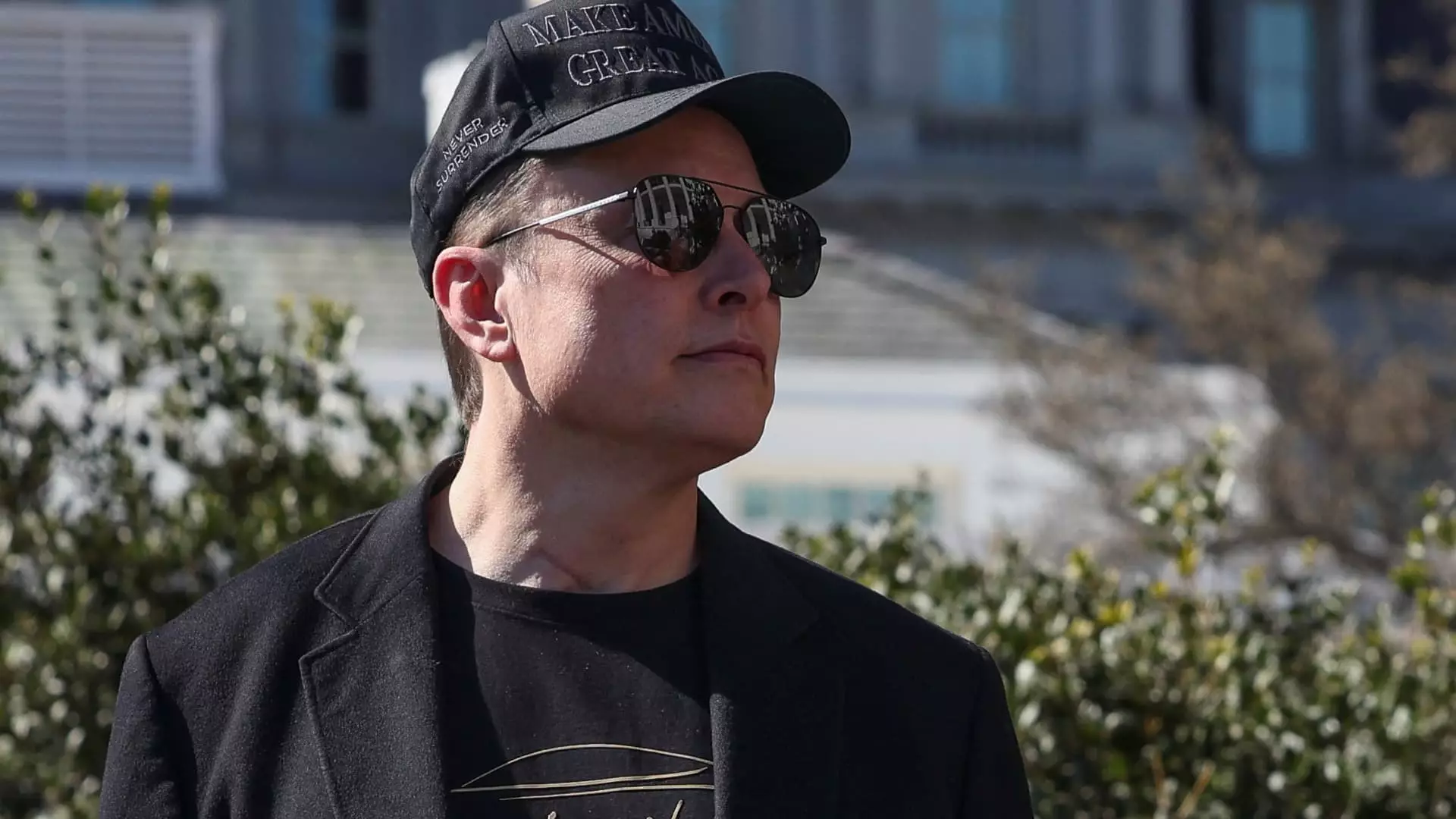Tesla has recently unveiled its first-quarter earnings, and to say the results are disappointing would be an understatement. The company’s revenue plummeted by 20% compared to the same period last year, ushering in a wave of skepticism among investors and analysts alike. Expected revenues were pegged at an eye-watering $21.11 billion, but Tesla only managed a mere $19.34 billion. This miss is not just a small slip; it signals significant operational and strategic problems that are starting to undermine one of the world’s most recognized automobile brands.
This drastic decline isn’t merely an anomaly but a reflection of Tesla’s struggle in an increasingly competitive automotive landscape, further complicated by external economic pressures. As electric vehicle (EV) options multiply and costs associated with materials rise, Tesla faces questions about its sustainability and growth trajectory.
A Grievous Hit to Profitability
The numbers around earnings per share (EPS) paint a grim picture. Adjusted EPS stood at 27 cents, far below the anticipated 39 cents. Worse yet, net income plunged a staggering 71% year-over-year to $409 million. For a company that once consistently dazzled investors with its electrifying growth, such figures spell trouble. It raises the pertinent question: Is Tesla’s initial promise of dominating the EV market starting to crack under pressure?
One of the core reasons provided for this downturn is the necessity for Tesla to upgrade its production lines, specifically for the much-anticipated Model Y SUV. While innovative updates are essential for longevity in the automotive industry, they also reveal a troubling dependency on continuous innovation at a time when cash flow is tightening. The paradox is that while Tesla seeks to capture more market share with upgraded offerings, these same endeavors may lead to a dilution of profits.
Trade Policies and Political Climate Weighing Heavily
Adding layers of complexity to Tesla’s woes are the shifting trade policies championed by President Trump’s administration. As tariffs loom, costs associated with essential materials such as automotive glass and battery cells are expected to rise. For Tesla, which has built its brand on the promise of sustainable and cost-efficient electric vehicles, an increase in component costs is a double-edged sword. It threatens to erode profit margins and, potentially, push prices upward, alienating a customer base already bracing for recession-like conditions.
Moreover, CEO Elon Musk’s involvement in political maneuvers undermines the image of a tech-savvy entrepreneur committed to innovation. Instead, the perception is dawning that Musk’s distractions may be contributing to Tesla’s faltering performance. His public support for controversial political extremes, such as Germany’s far-right AfD party, has sparked outrage and could lead to deeper brand issues in markets that are becoming increasingly polarized.
Faltering Competitive Edge and Declining Deliveries
Tesla’s market share is coming under siege, particularly from lower-cost competitors making their move in lively markets like China. A shrill warning bell was sounded when it was reported that total deliveries dipped by 13% year-over-year to 336,681 units. Against the backdrop of these declining numbers, Tesla finds itself not only fighting for price competitiveness but also for brand loyalty as consumers become more discerning.
Additionally, the automotive industry’s trends toward affordability may challenge Tesla’s upper-end pricing strategy. As company executives publicly announce the need to rethink existing guidance for 2025, the grave doubts are mounting about the sustainability of Tesla’s growth.
Beyond the Horizon: AI and Other Ventures
Interestingly, while Tesla grapples with the aforementioned issues, it continues to pivot toward ambitious projects. From AI developments to humanoid robots, the company seems committed to exploring new frontiers. However, these initiatives appear more hopeful than substantive, particularly as operational losses continue to accumulate.
Raises in expenses associated with AI projects are becoming a harder pill for the company to swallow. Revenue from green credits provides some cushion, but without these, Tesla’s automotive sales would have left the company in a precarious position. The question arises—are the diverging ventures diluting focus on the core business of cars?
Tesla’s commitment to energy generation and storage appears to be one bright spot, with revenues in that sector skyrocketing by 67%. However, as the company increasingly leans on foreign suppliers, ongoing volatility in global supply chains throws yet another obstacle in its path.
In this moment of turmoil, it becomes doubts about Tesla’s future that reverberate the loudest. The once unassailable titan of the electric vehicle market seems to be stumbling at a pivotal moment, making it vital for its leadership to recalibrate strategy for a world where innovation alone may not suffice.

